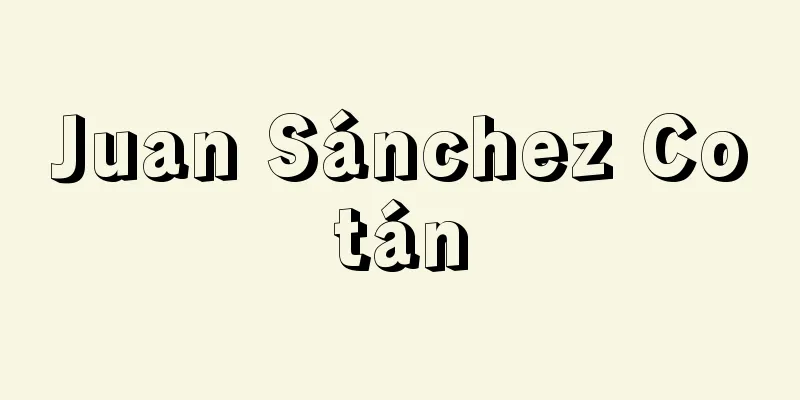Edit - Transform

|
Originally, editing was a word used in relation to printed matter, and can be defined as the stage before the physical production of a book or magazine, "the intellectual labor process of planning, collecting, arranging, and structuring materials." In newspapers, it broadly refers to the work of the editorial department, including reporting, but in the narrow sense it refers to the activities of the department that organizes the information sent and assembles it into pages. In film, it refers to the work of roughly connecting the positive rush prints made by developing the cinematographer's negative film according to the script, and then processing the details according to the director's instructions, so the nuance is somewhat different. The word "editing" has come to be used in ordinary households. It involves selecting and splicing together images and sounds from 8mm film, audio tapes, video tapes, etc., according to a set policy, adding titles, and completing a package. Or it involves selecting the photographs to be used as materials, considering the size of the enlargements and the placement of the images, adding captions (explanations) to each one, giving them a general title, and creating an album. The finished work is then made available for viewing and viewing by family and friends. This process is what people call editing. It includes elements of the work commonly known as editing at publishing companies, newspapers, film companies, and TV stations. The origin of the English word "editing" is "to give out" or "publish," which means to make something public or make it public, and it refers to the preparatory work for this. The reason why the word "editing," which means a professional function, has become widespread is that it has become more popular due to the development of technology. Editor, which means someone who edits, can refer to the editor-in-chief, the heads of each department, editorial committee members, and can also include the publisher. Editor in chief and chief editor are the editor-in-chief and editorial director, respectively, while ordinary people who work in editing at publishing companies and magazines are called editorial staff and assistant editors, but all of these types are called editors. Tokutomi Soho and Taguchi Ukichi founded Kokumin no Tomo and Tokyo Keizai Zasshi, respectively, with their own ideas, and were editors who planned and wrote their own editorials. Editors of this type appeared during the formative period of journalism, the founding of newspapers and publishing companies, or in small publishing companies. Even after World War II, there were many editors of this type, including Hanamori Yasuji of Kurashi no Techo. Another type would be Takita Choin of Chuokoron. Takita was a hired editor, but because of his planning skills he was given full editorial authority and significantly increased the circulation of the magazine. He was paid a commission based on sales, which is said to have reached 2,000 yen in the mid-Taisho period. This was a time when ordinary people could hardly afford 100 yen. Takita was a pioneering editor in an era when magazines, books and newspapers were being sold more commercially, the scale of business of publishers was growing, and editing was being separated from management and specialized within companies. Ikeshima Shinpei of Bungeishunju is another editor of this type. [Hideo Kyotani] "Iwasaki Katsumi, 'Research Notes on Publishing Journalism' (1965, Tosho Shimbun)" ▽ "Yamada Munemune, 'Editor as a Profession' (Sanichi Shinsho)" ▽ "Sugimori Hisahide, 'Takita Choin - The Life of an Editor' (Chuko Shinsho)" [Reference] |Source: Shogakukan Encyclopedia Nipponica About Encyclopedia Nipponica Information | Legend |
|
本来、編集とは印刷物に関して使われることばであり、書籍、雑誌を物的に生産する以前の段階、「企画をたて、素材を収集し、整理し、構成する知的労働の過程」と定義できる。新聞では、広義には取材を含む編集局に属する作業をいうが、狭義には送られてきた情報を整理し、紙面に構成する部門の活動をさす。映画においては、撮影者のネガ・フィルムを現像したポジのラッシュ・プリントを台本どおりに場面ごとに粗(あら)つなぎし、その後監督の指示に従って細部を処理する作業をいい、多少ニュアンスが異なっている。 編集ということばは一般家庭でも用いられるようになった。8ミリフィルム、音声テープ、ビデオテープなどを一定の方針のもとに映像や音声を取捨選択し、つなぎあわせ、タイトルを入れ、一つのパッケージとして完成させる。あるいは素材となる写真を選び、引伸しの大小、貼(は)る位置を勘案し、それぞれにキャプション(説明文)を付し、総タイトルをつけてアルバムを作製する。そしてできあがった作品を家族、友人の視聴、閲覧に供する。その作業を人々は編集とよんでいる。そこには出版社、新聞社、映画会社、テレビ局において、いわゆる編集とよばれる作業の要素が含まれている。「編集」という英語editingの語源はto give out, publishすなわち公にすること、発表することであり、そのための準備作業をいう。専門職能を意味する編集ということばが普及したのは、テクノロジーの発達によって、それだけ大衆化したということである。 編集する者を意味するeditorは編集長、各部の部長、論説委員をさし、発行者publisherも含まれることがある。editor in chief, chief editorには編集局長、論説主幹をあてるのに対し、出版社・雑誌社で編集業務に従事する一般の人々はeditorial staff, assistant editorとよばれるが、この種の人を含めてすべてエディター、編集者というようになっている。徳富蘇峰(そほう)、田口卯吉(うきち)は主張をもって、それぞれ『国民之友』『東京経済雑誌』を創刊し、自ら企画をたて、社説を書いた編集者である。ジャーナリズムの形成期、新聞社・出版社の創業期、もしくは小規模出版社にはこの型の編集者が出現する。第二次世界大戦後においても、『暮しの手帖(てちょう)』の花森安治(はなもりやすじ)をはじめ、この型の編集者は多数存在した。もう一つの型は『中央公論』の滝田樗陰(ちょいん)であろう。滝田は雇われ編集者であったが、その企画力によって編集の全権をゆだねられ、雑誌の部数を著しく伸ばした。彼は売上げ部数によって歩合をもらい、大正中期にはその額が2000円にもなったという。庶民には100円がめったに手に入らなかった時代である。雑誌、書籍、新聞がより商業主義的に販売され、発行元の経営規模が大きくなり、編集が経営から分化し、企業内で専門化してくる時代の編集者として、滝田は先駆的存在であった。『文芸春秋』の池島信平もこの型の編集者であろう。 [京谷秀夫] 『岩崎勝海著『出版ジャーナリズム研究ノート』(1965・図書新聞)』▽『山田宗睦著『職業としての編集者』(三一新書)』▽『杉森久英著『滝田樗陰――ある編集者の生涯』(中公新書)』 [参照項目] |出典 小学館 日本大百科全書(ニッポニカ)日本大百科全書(ニッポニカ)について 情報 | 凡例 |
<<: Editorial rights - henshuken (English)
>>: Benjamin Constant Botelho de Magalhães
Recommend
Jeremias van Vliet
1602‐63 A Dutch East India Company employee at Ayu...
Fiddler crab (Uca arcuata)
A crab of the family Ocypodidae in the class Crust...
Climate Map - Kikouzu
A diagram showing climate. There are many differe...
Vandenboschia radicans (Sw.) Copel.
An evergreen small fern that grows on rocks in poo...
Sintra (English spelling)
A town in the Lisbon district in the mid-west of P...
pictograph
…The original form of Mesopotamian cuneiform writ...
English ton
⇒ 1 ton Source: About Shogakukan Digital Daijisen ...
Geometric tolerance zone
...Such shape and position accuracy indicates the...
Aoshima Shell Mound
...The area is mostly made up of lowlands in the ...
Walden Reversal - Waldenhunten
Inversion of configuration that occurs in a subst...
Odagiri Bitchu - Odagiri Bitchu
…The domain covered the whole of Izumo Province, ...
Protium
…However, the stable and widely occurring 2H is u...
Portrait of a man
A late Muromachi period renga master and poet. He...
Error control code - Ayamari Seigyo Yofugo
…However, in reality, in addition to the JIS code...
Robert Guiskard
He soon left the military and devoted himself to ...
![Geto [Hot Spring] - Geto](/upload/images/67cb7bfe81747.webp)








